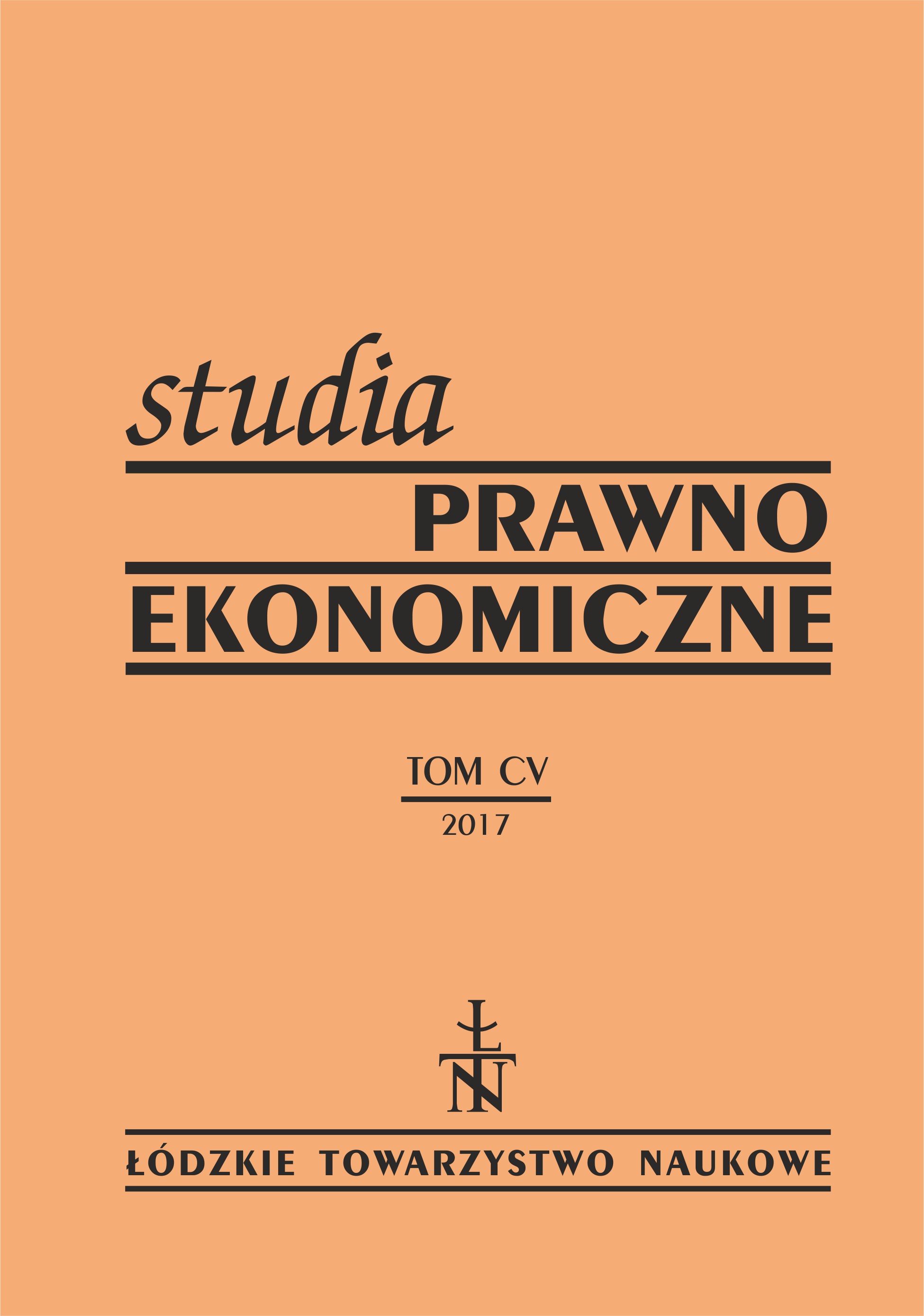Model optymalizacji planu finansowego dwuosobowych gospodarstw domowych
Financial Plan Optimization Model for a 2-person Household
Author(s): Radosław Pietrzyk, Paweł RokitaSubject(s): Business Economy / Management
Published by: Łódzkie Towarzystwo Naukowe
Keywords: financial planning; personal finance; longevity risk; life-cycle models
Summary/Abstract: This article presents an original proposal of a two-person household financial plan optimization model, with a special emphasis on the retirement goal. The concept allows for relatively easy augmenting of the model, by adding more goals to it, as well as introducing new types of risk. The model does not require any sophisticated estimation of parameters. Some of them are obtainable directly from publicly known data. Some other describe the financial situation of the household and are based on the data that each household has the access to (e.g., current income of the household members). There are also the parameters that reflect preferences of the household members(e.g., their risk aversion). The construction and interpretation of preferences in the model is intuitive, thanks to which, the preference parameters may be directly provided by the household members.No sophisticated estimation is needed. The concept refers to a two-person household, instead of treating household members as independent single individuals. To the advantages of a two-person model belongs the fact that it allows for such financial plans, in which the costs that are attributed to each particular person do not need to be covered in 100% during the retirement phase of the lifecycle. This is possible thanks to the risk sharing by the household members, or, to be more precise, thanks to the capital transfer between them. A two-person approach has, however, its disadvantages resulting from higher level of complexity. Some problems of the burdensomeness resulting from the bi‑dimensionality had to be overcome. An original way of risk aversion expressing, proposed as part of the concept, enables the necessary simplification. It allows to reduce the number of scenarios to be taken into consideration in the procedure of plan optimization.
Journal: Studia Prawno-Ekonomiczne
- Issue Year: 2017
- Issue No: 105
- Page Range: 293-309
- Page Count: 17
- Language: Polish

